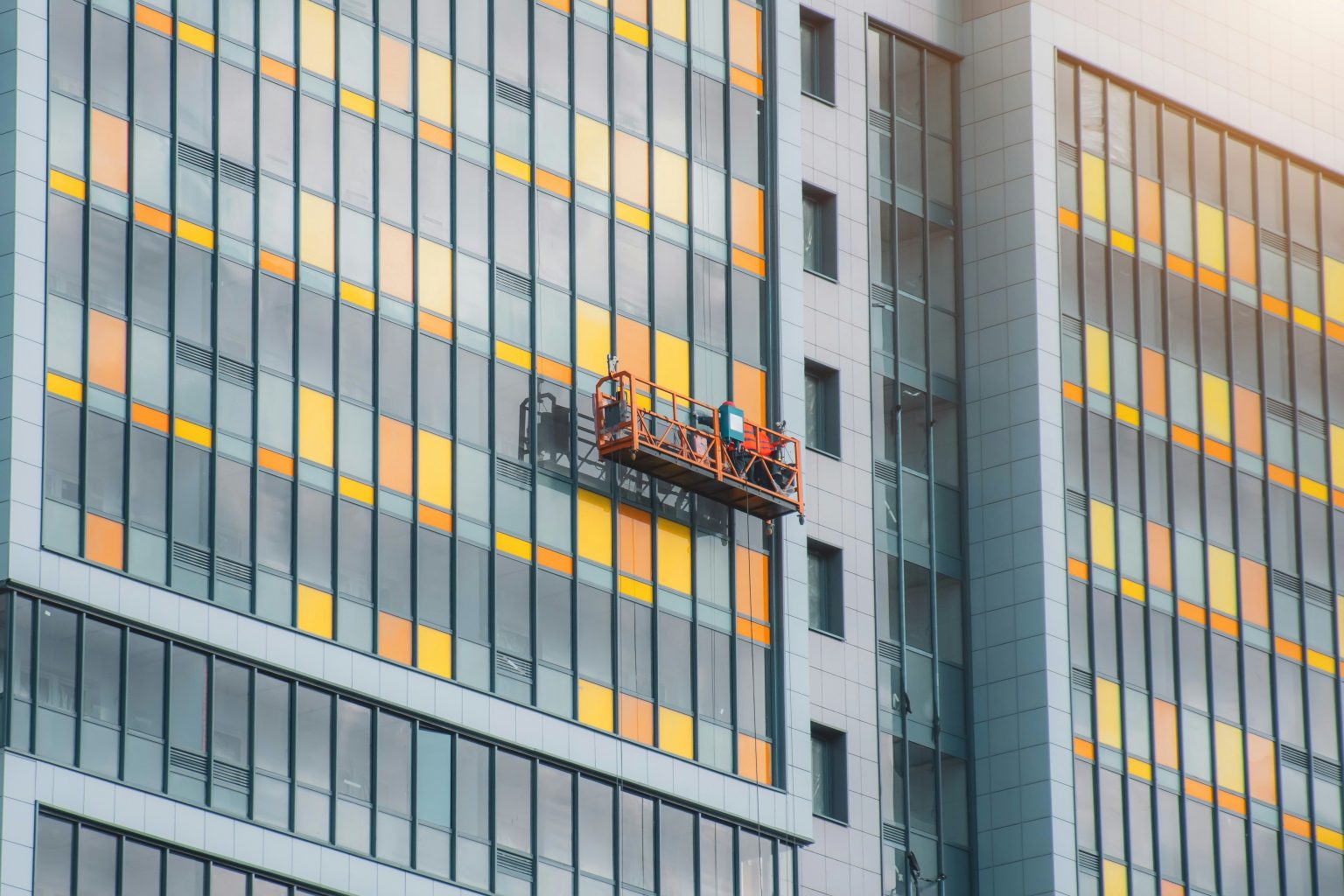Working at height is often a necessity across a multitude of industries, from construction and maintenance to event management and cleaning. Ensuring the safety and efficiency of these tasks hinges on selecting the correct access platform. But with a diverse range of options available, the crucial question arises: How do you choose the right access platform for your specific project?
This comprehensive guide will delve into the key considerations and questions you need to ask to make an informed decision. By understanding the nuances of each platform type offered at Access Platforms and the demands of your project, you can ensure a safe, productive, and cost-effective solution for working at height.
1. What is the Required Working Height and Reach?
This is the most fundamental question. Accurately determining the maximum height and reach needed for your tasks is paramount. Consider not just the height of the work area but also any obstacles or the need to reach over or around structures.
- Question to Ask: What is the highest point my workers need to access, and what is the horizontal distance they need to reach?
2. What is the Nature of the Work to be Performed?
The type of work significantly influences the platform requirements. Will workers need to carry heavy tools or materials? Will they be performing delicate tasks requiring a stable and spacious platform?
- Questions to Ask: What tools and materials will be used on the platform? How much space do the workers need to operate comfortably and safely? Will the work involve significant movement or require a particularly stable base?
3. What is the Ground Condition and Terrain Like?
The surface on which the access platform will operate is a critical factor. Is it level and solid, or uneven, sloping, or soft? Will the platform need to navigate obstacles or tight spaces?
- Questions to Ask: Is the ground surface even and stable? Are there any slopes, inclines, or obstacles to consider? What is the load-bearing capacity of the ground? Will the platform need to move around the work area?
4. What are the Space Restrictions at the Worksite?
Limited access points, narrow corridors, or confined working areas can restrict the type of platform you can use. Consider both the operating footprint of the platform and its transport dimensions.
- Questions to Ask: What is the size of the access points to the work area? Are there any width or height restrictions? How much space is available for manoeuvring and operating the platform?
5. What is the Duration of the Project?
The length of the project can influence whether renting or purchasing an access platform is the most economical option. For short-term tasks, rental is often more cost-effective, while long-term or frequent use may justify a purchase.
- Question to Ask: How long will the access platform be required for the project?
6. What is Your Budget?
Cost is always a consideration. Different types of access platforms have varying rental or purchase costs, as well as operational expenses. Factor in fuel or power consumption, maintenance, and transportation.
- Question to Ask: What is the allocated budget for access equipment?
7. What are the Safety Requirements and Regulations?
Safety is paramount when working at height. Ensure the chosen platform complies with all relevant safety regulations and standards. Consider features like guardrails, toe boards, emergency stop buttons, and overload protection.
- Questions to Ask: What are the specific safety regulations for working at height in this industry and location? Does the platform have the necessary safety features? Are operators properly trained and certified?
8. What Power Source is Required or Preferred?
Access platforms can be powered by electricity, diesel, or a battery. The choice depends on the work environment and any restrictions on emissions or noise levels. Electric platforms are often preferred for indoor use, while diesel platforms offer more power and range for outdoor applications. Battery-powered options provide a balance of both.
- Questions to Ask: Will the platform be used indoors or outdoors? Are there any restrictions on noise or emissions? Is a readily available power source accessible?
9. What is the Frequency of Use for Future Projects?
If you anticipate needing access platforms for future projects, consider that a purchase might be more economical in the long run. Evaluate the types of projects you typically undertake to determine the most versatile platform for your needs.
- Question to Ask: How frequently will access platforms be required for future projects? What types of work will these future projects involve?
10. Have You Considered All Available Platform Types?
Understanding the different types of access platforms and their specific capabilities is crucial for making the right choice. Common types include:
- Scissor Lifts: Ideal for providing stable work platforms at fixed heights, often used for indoor maintenance or installation tasks on level surfaces.
- Boom Lifts (Cherry Pickers): Offer excellent reach and manoeuvrability, allowing access over and around obstacles. Available in articulated and telescopic models.
- Mast Lifts: Compact and lightweight, suitable for indoor maintenance and access in tight spaces.
- Personnel Lifts (Push-Around Verticals): Manually propelled, cost-effective for low-level access and maintenance tasks.
- Telehandlers: Versatile machines with lifting and reaching capabilities, often used in construction and agriculture.
- Low-Level Access Platforms: Provide safe alternatives to ladders for tasks up to a few meters high.
By carefully considering these ten key questions and the various types of access platforms available, you can make an informed decision that prioritises safety, efficiency, and cost-effectiveness for your specific project. Remember to always prioritise operator training and adherence to safety regulations when working at height.



